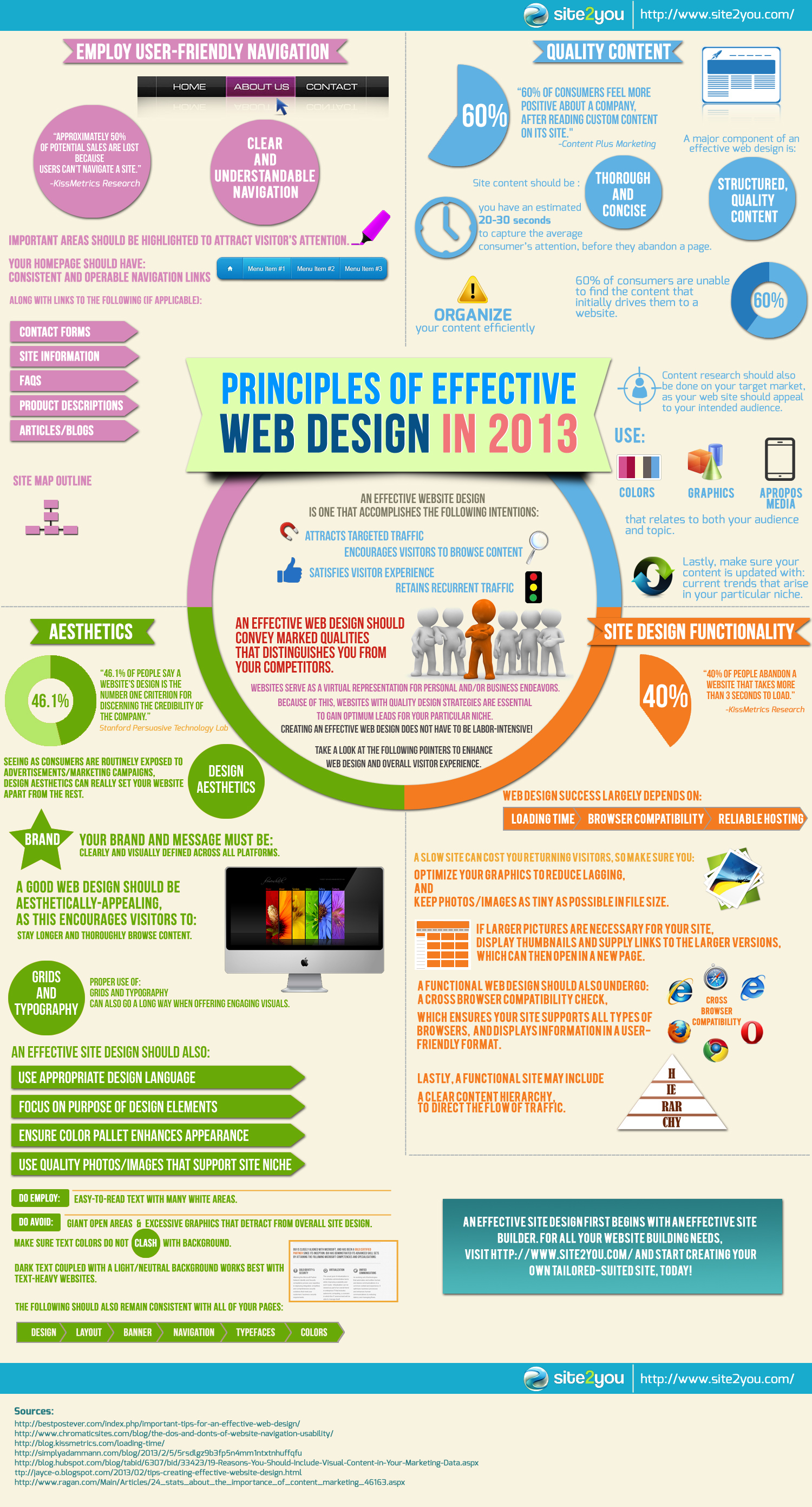Web Site Layout Essentials: Tips For Structure A User-Friendly Website
Web Site Layout Essentials: Tips For Structure A User-Friendly Website
Blog Article
Material Author-Wiley Thorpe
When it comes to web site layout, making sure user-friendliness is vital. From receptive style to structured navigating, every aspect plays an essential function in creating a site that accommodates your target market's demands. However what about the finer information that can make or damage a user's browsing experience? Stay tuned as we discover some often-overlooked tips that can boost your site's use to the next level, making it genuinely stand out in the digital landscape.
Relevance of Responsive Design
Responsive layout is a critical aspect of contemporary internet site development. Guaranteeing your web site is responsive means that it can adjust to different screen dimensions and devices, offering a seamless experience for individuals.
With the enhancing use of smart devices and tablets to access the net, having a responsive layout is vital for reaching a bigger target market. It helps in enhancing customer experience by making your web site easy to navigate and continue reading any kind of tool.
Furthermore, responsive design can positively affect your online search engine positions, as online search engine like Google prioritize mobile-friendly websites. By having see page , you're likewise future-proofing your web site, as new gadgets with varying screen sizes continue to emerge.
Simplify Navigating Structure
To boost individual experience and facilitate easy access to details on your site, simplifying the navigation structure is extremely important. When creating your site, concentrate on creating a clear and user-friendly navigating food selection that aids site visitors locate what they're seeking promptly.
Limitation the number of menu things to the basics, grouping related web pages together to avoid frustrating users. Use descriptive tags that plainly indicate the content of each web page, making it easier for individuals to recognize where each web link will certainly take them.
Think about implementing dropdown menus for subcategories to prevent littering the major navigating bar. Furthermore, include https://garrettrmgat.tokka-blog.com/34415811/stressing-movement-a-secret-consideration-in-crafting-online-experiences on the page for individuals that favor looking for specific info.
Prioritize mobile responsiveness in your navigation style to ensure very easy accessibility on all tools.
Maximize Web Page Lots Rate
Improving page load rate is critical for maintaining visitors on your website. Slow-loading web pages annoy users and can lead to high bounce prices. To maximize web page tons rate, begin by enhancing pictures. Compress images without endangering high quality to minimize their file sizes.
Furthermore, make it possible for browser caching to save regularly accessed resources locally, accelerating lots times for returning site visitors. Minify CSS, JavaScript, and HTML data by eliminating unneeded characters, remarks, and formatting, boosting lots rate.
Think about using a material distribution network (CDN) to disperse your site's content across multiple servers worldwide, minimizing latency for individuals accessing your website from various locations. Finally, restrict the use of third-party scripts and plugins, as they can dramatically influence tons times.
Verdict
To conclude, by incorporating responsive design, streamlining navigating, and enhancing web page load rate, you can produce a straightforward site that attract a larger target market and boosts individual experience. These essential elements make certain that site visitors can easily accessibility and navigate your website across various tools, bring about increased involvement and complete satisfaction. By concentrating on these key elements, you can build a successful site that maintains customers coming back for even more.
